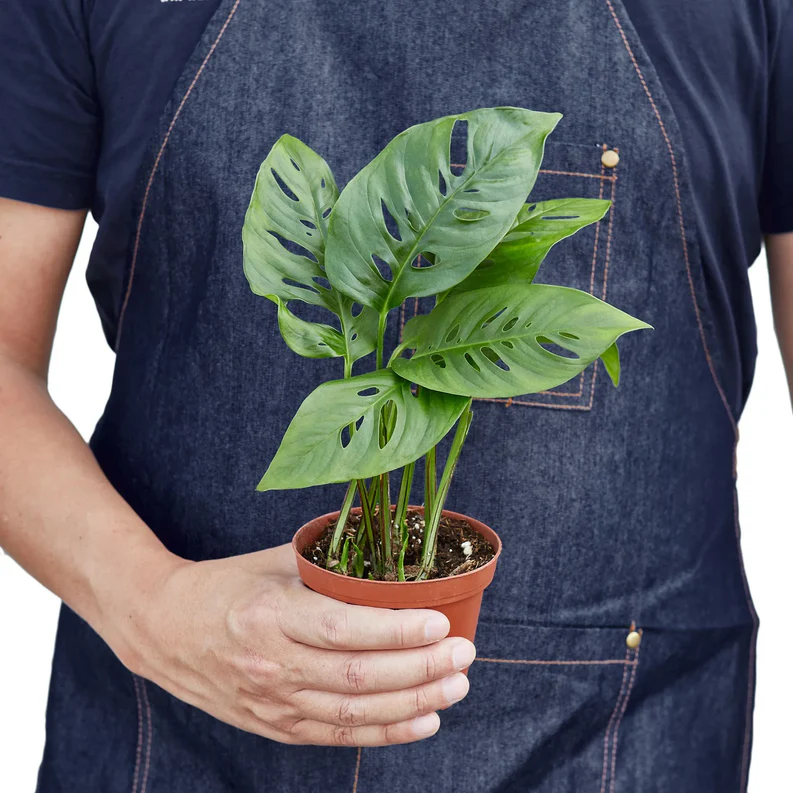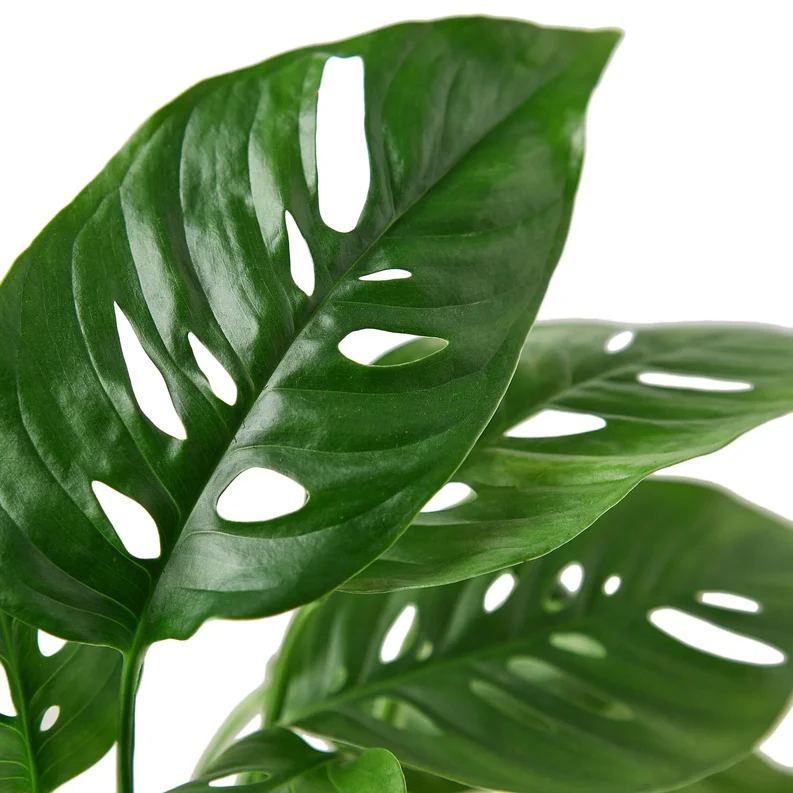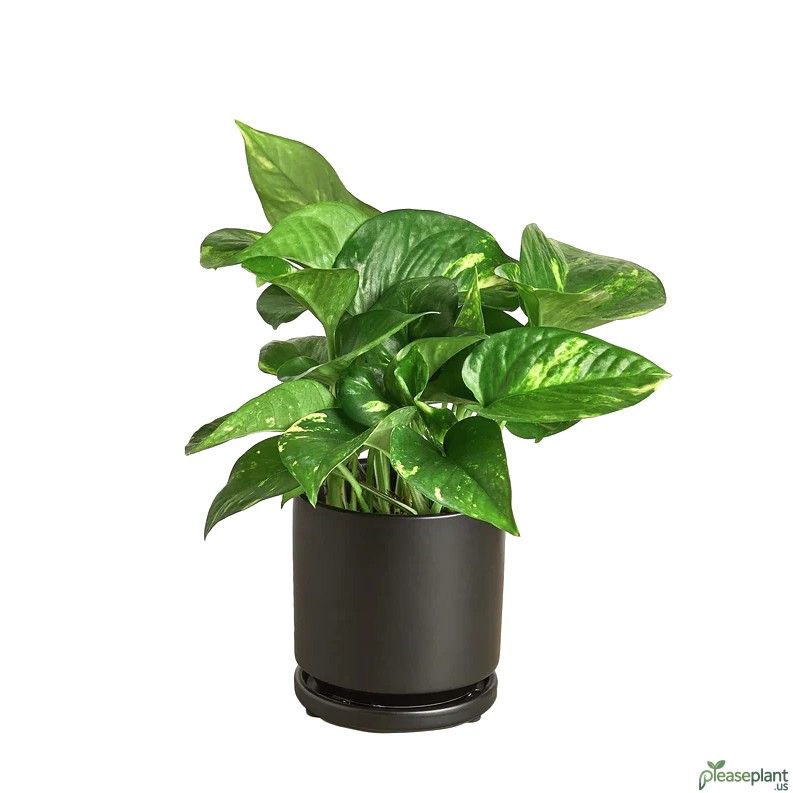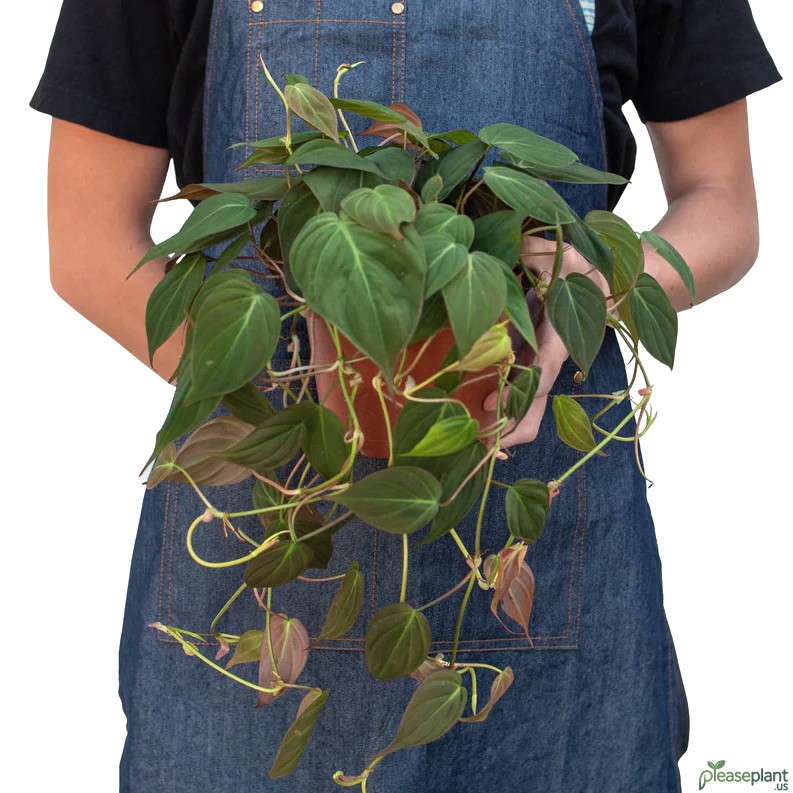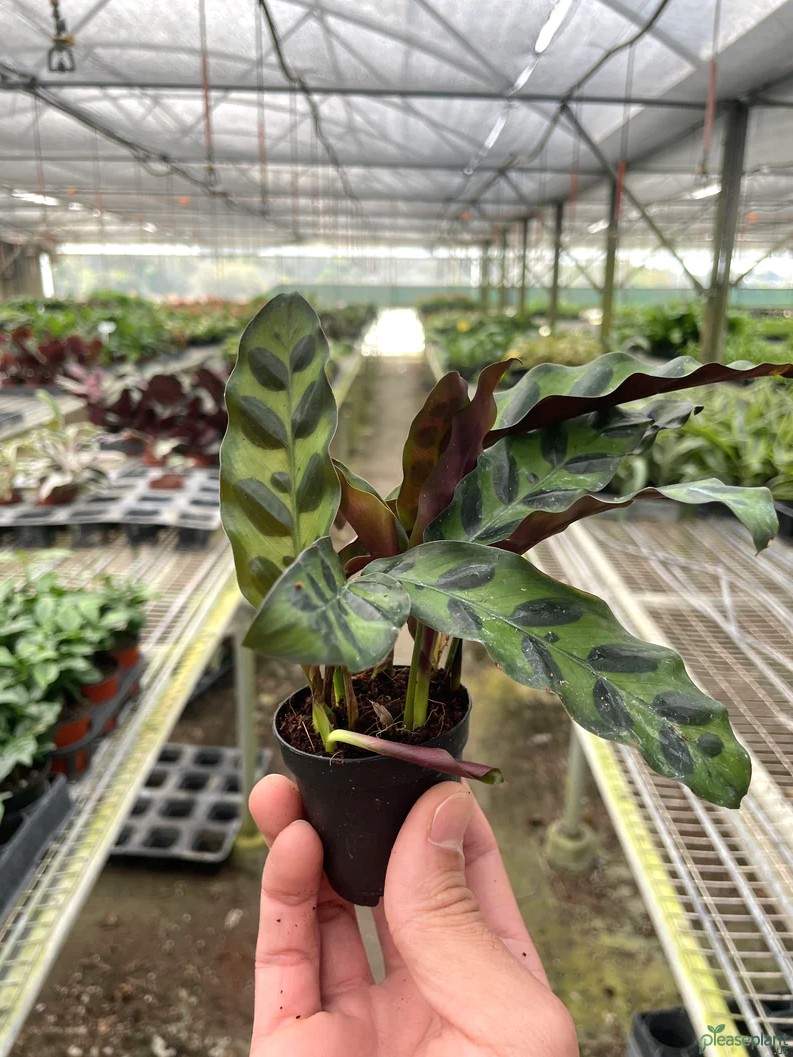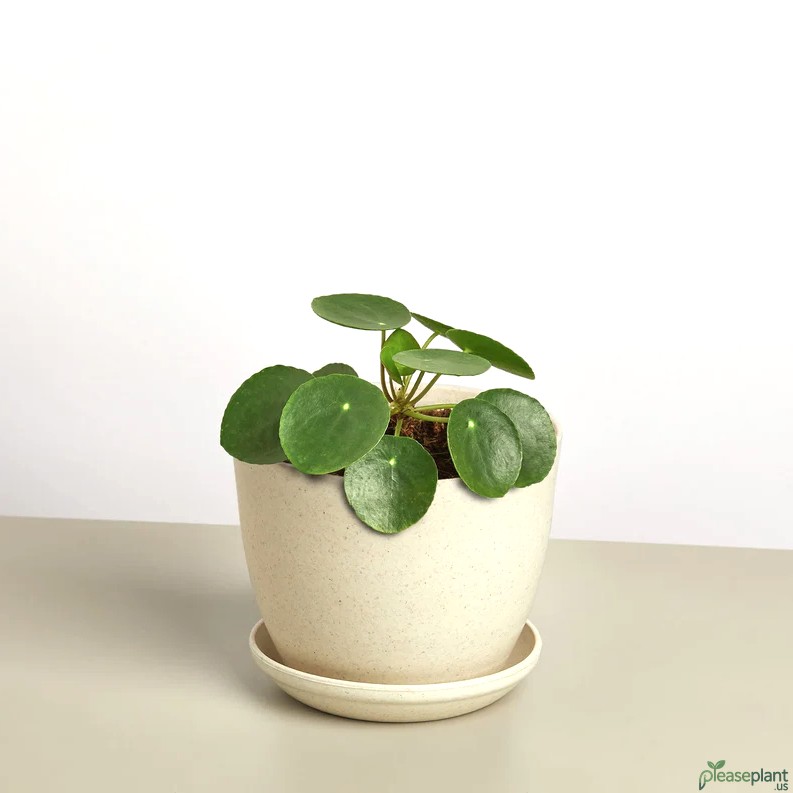When you bring home a Monstera Adansonii, often called the Swiss Cheese Plant, pet owners might worry about its toxicity. Good news is, this plant isn’t THAT toxic to cats and dogs as many think. Sure, a nibble might cause mild irritation, but nothing severe. Let's dig into what you need to know about this quirky plant and how to keep both your green friend and pets happy and safe.
The Plant with the Funny Holes
If you’ve ever stumbled upon a Monstera Adansonii, you know it’s that charming plant with the weird holey leaves, earning it the nickname "Swiss Cheese Plant." It’s not just a pretty face in your living room; it’s a bit of a character. But when you have fur babies roaming around, the first question is: "Is it toxic?" Spoiler alert: it’s not THAT toxic to cats and dogs, but let me explain.
What Happens If Your Pet Takes a Bite?
So, your curious cat or dog decides to chomp on a leaf. What’s next? Well, the Monstera Adansonii contains calcium oxalate crystals, which can cause mild irritation in the mouth, drooling, or a bit of tummy upset. Not the end of the world, but can be a little uncomfortable. Think of it like your pet accidentally nibbling on a spicy pepper—annoying but usually not dangerous. Serious poisoning cases? Rare as a sunny day in London.
How to Keep Your Pets Safe Without Losing Your Plant
I’ve been there—balancing my love for plants and worry for my mischievous cats. Here’s what worked for me:
- Place your Swiss Cheese Plant out of paws’ reach, maybe on a high shelf or in a hanging basket.
- Use deterrents like bitter sprays safe for pets; they usually do the trick for my stubborn tabby.
- Provide plenty of cat grass or pet-friendly plants as a distraction.
Why You Might Still Want This Plant
Aside from its cool look, the Monstera Adansonii is surprisingly easy to care for. It’s forgiving if you forget a watering here and there, and it thrives in indirect light. Plus, it adds a wild jungle vibe to your space, making you feel like you’re living in some tropical oasis—even if it’s just your flat.
A Few Quirks You Should Know
While it’s not highly toxic, don’t just let your pets go wild with nibbling. leaf damage can ruin the plant’s beauty, and repeated ingestion might lead to more serious tummy troubles. Also, keep an eye out for mold or pests, because a stressed plant is less resilient and might attract unwanted visitors.
Final Thoughts
If you’re a pet lover who’s been hesitating to get a Monstera Adansonii because of toxicity fears, relax a bit. It’s not the death sentence some make it sound like. Just a bit of common sense and placement goes a long way. Your pets will thank you by staying safe, and your home will thank you with that cool leafy vibe only a Swiss Cheese Plant can provide.

